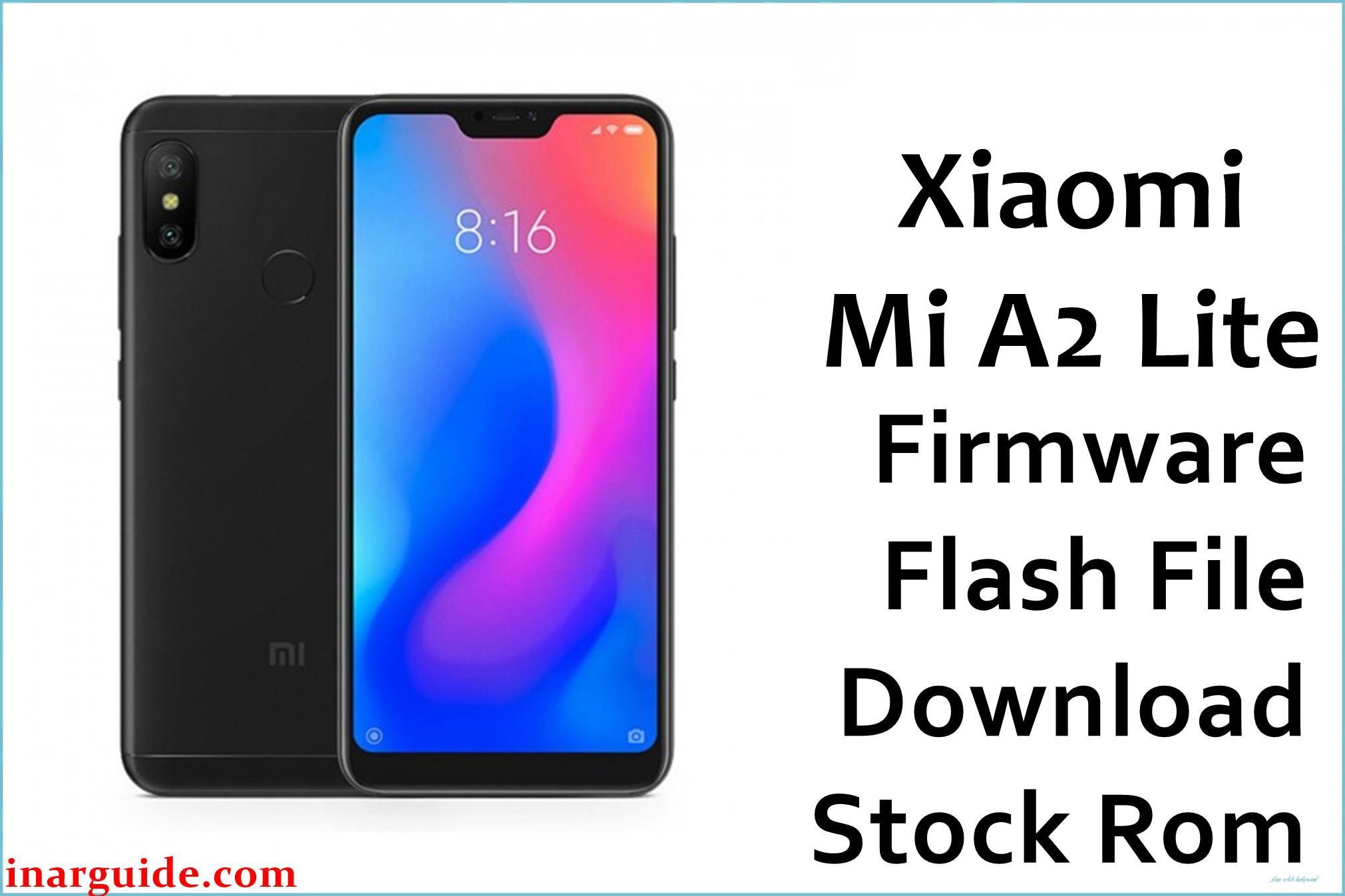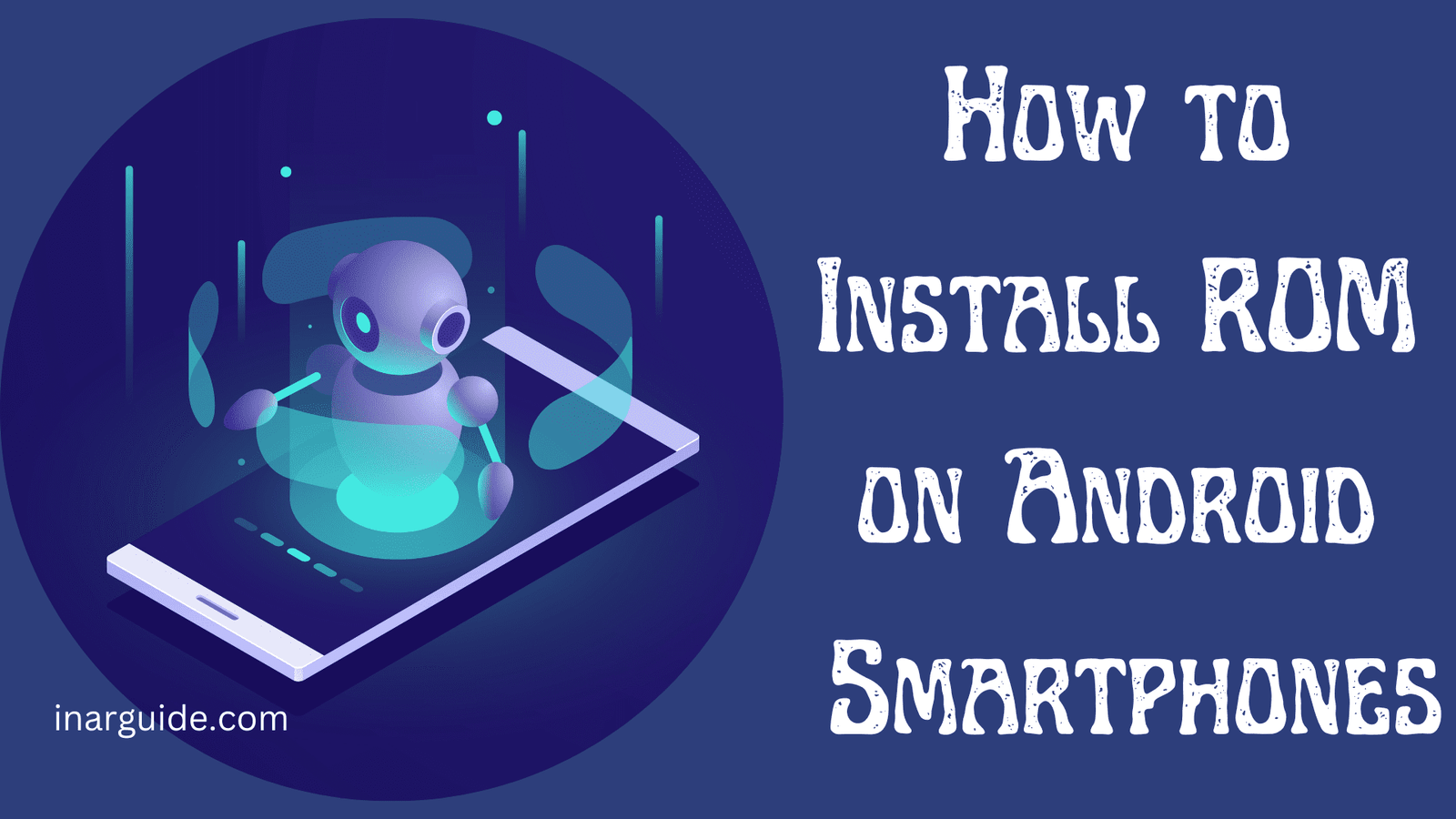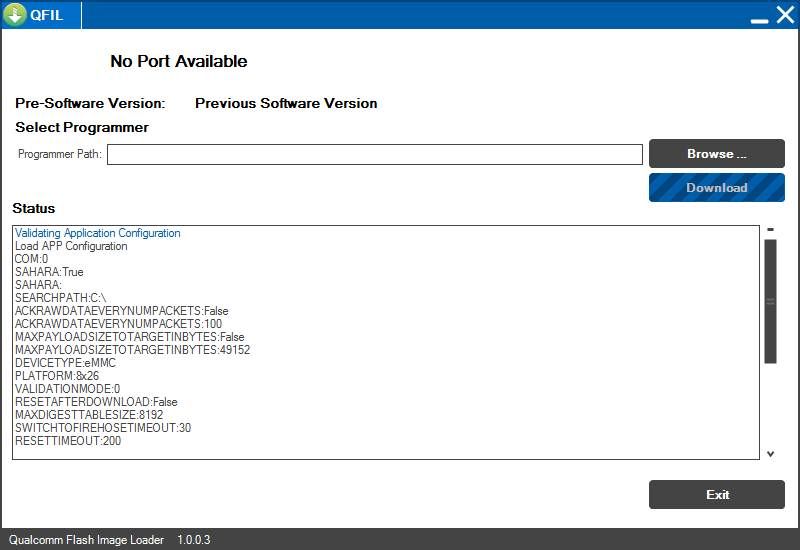The Xiaomi Mi A2 Lite (codename daisy) was a breakout star in the Android One program when it launched in 2018. It perfectly combined a modern design, featuring a 19:9 notched display, with incredible battery life from its large 4000 mAh battery. Powered by the legendary and efficient Qualcomm Snapdragon 625 chipset, its greatest appeal was the clean, bloatware-free experience of stock Android, with timely updates directly from Google. For users who want to restore this reliable device, fix a bootloop, or perform a clean installation of the final official software, this page provides both the Fastboot ROM and Recovery ROM for the last Android 10 build.
Important: This firmware is for the Mi A2 Lite (daisy) only. It is not compatible with the standard Mi A2 (jasmine), which has a different processor and hardware. Flashing the wrong firmware will hard brick your device.
Quick Device Specs
- Device: Xiaomi Mi A2 Lite (daisy)
- Release year: 2018
- Chipset: Qualcomm Snapdragon 625
- Display: 5.84″ IPS LCD
- Battery: 4000 mAh
- Original OS: Android 8.1 (Oreo) – Android One
Required Downloads
| File / Tool | Download Link |
|---|---|
| Xiaomi Mi Flash Tool | Download Latest Version |
| Xiaomi USB Drivers | Included with Mi Flash Tool |
| Bootloader Unlock Tool | Official Mi Unlock Page |
Official Android One ROMs
| Region | Build | Type | Android | Release Date | Download | Codename |
|---|---|---|---|---|---|---|
| Global | V11.0.21.0.QDLMIXM | Fastboot | 10.0 | 2021-06-30 | Download | daisy |
| Global | V11.0.21.0.QDLMIXM | Recovery | 10.0 | — | Download | daisy |
How to Flash
You have two methods for flashing, depending on the file you download and your needs.
Method 1: Fastboot ROM (for unbricking or clean install)
For a step-by-step process, drivers, and troubleshooting, read our Ultimate Mi Flash Guide.
- Download the Fastboot ROM (.tgz file) and extract it.
- Boot your device into Fastboot mode (Power + Volume Down).
- Open Mi Flash Tool, select the extracted folder, and choose clean all.
- Click “Flash” to begin the installation.
Method 2: Recovery ROM (for updating)
- Download the Recovery ROM (.zip file) and place it in the root directory of your phone’s internal storage.
- Go to Settings > System > System update.
- Tap the three-dot menu in the top-right corner and choose “Local upgrade” or “Choose update package”.
- Select the .zip file you downloaded and confirm the installation.
FAQs
Q1. Why does the ROM file name contain “MIUI” if this is an Android One phone?
This is a naming convention Xiaomi uses on its update servers, even for its Android One devices. Rest assured, the software inside these packages is pure, stock Android 10, not MIUI.
Q2. Can I flash this firmware on the regular Xiaomi Mi A2 (jasmine)?
No, absolutely not. The Mi A2 and Mi A2 Lite have different processors, screen sizes, and hardware. Their firmware is completely incompatible. Flashing this ROM on a Mi A2 will result in a hard brick.
Q3. What is the difference between the Fastboot ROM and the Recovery ROM?
The Fastboot ROM (.tgz) is a complete factory image used to restore your phone from a PC, and it’s the best way to fix a bricked device. The Recovery ROM (.zip) is a smaller update package that can be installed directly on the phone through the system updater to upgrade your software.
Q4. What was the final Android update for the Mi A2 Lite?
The Mi A2 Lite launched with Android 8.1 Oreo and received two major OS upgrades as part of the Android One program. Its final official software version was Android 10, which is the version provided on this page.
Troubleshooting
- Drivers: If your PC doesn’t recognize the phone, try reinstalling the Xiaomi USB drivers, using a different USB port (USB 2.0 is often more stable), and running Mi Flash Tool as an administrator.
- Fastboot errors:
- “error: not catch checkpoint” → This common error means you have selected the wrong folder. In Mi Flash Tool, select the main extracted folder, not the images sub-folder.
- Device locks after flash → If you use the “clean all and lock” option in Mi Flash Tool, your bootloader will be re-locked.
- EDL mode: For a hard-bricked phone that won’t enter fastboot, EDL mode is the last resort. It requires using hardware test points and is recommended for advanced users.



![Nokia 3.4 TA-1288 Firmware Flash File Download [Stock Rom] Nokia 3.4 TA-1288](https://www.inarguide.com/wp-content/uploads/2025/04/Nokia-3.4-TA-1288.jpg)


![Motorola Moto E20 XT2155-3 Firmware Flash File Download [Stock ROM] Motorola Moto E20 XT2155-3](https://www.inarguide.com/wp-content/uploads/2022/01/Motorola-Moto-E20-XT2155-3.jpg)